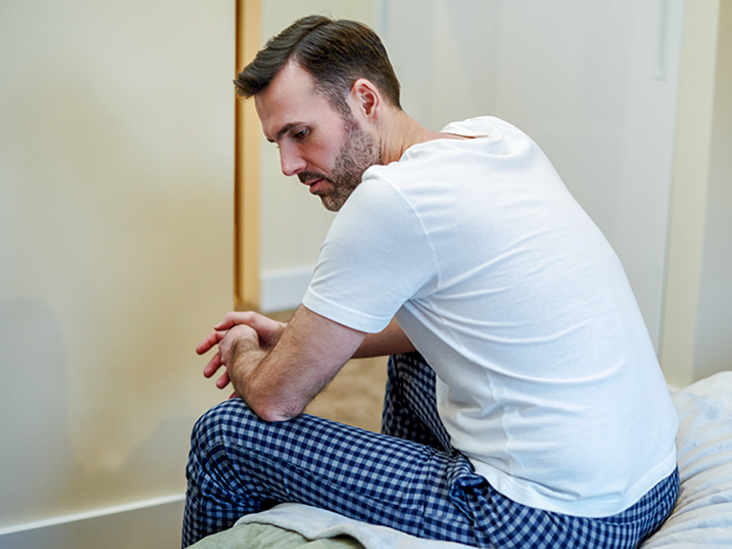Testosterone is a hormone that is prepared by testicles. It is essential for regulating sexual and other functions in a male. Features like deeper voice, muscle strength and facial hair that develop at puberty in boys result from the hormone. It is a requirement for the production of sperms in men,
Like any other hormone release, low male hormone levels can be noticed in older men. However, not all gents have it in sufficient quantity in adulthood, and few may suffer from inadequate levels. The condition with less amount of testosterone is termed Testosterone Deficiency Syndrome (TD). Below are the common signs that a man has low testosterone.
- Bone density
- Fatigue
- Depression
- Irritability
- Low sex drive
- Erectile dysfunction
- Obesity
- Concentration and memory issues
Unusual signs include
- Decrease in body hair
- Osteoporosis
- Increased body fat
- Infertility
- Decrease in hemoglobin and anaemia
Causes of low T
Deficiency can also occur due to medical conditions such as Noonan syndrome, Klinefelter syndrome, and Ambiguous genitalia.
Hypogonadism is a condition where testicles produce low amounts of testosterone.
Other common causes of low T are Orchitis, Hemochromatosis, tumors of pituitary glands, chronic illness, Cirrhosis of the liver, Chronic renal failure, Chemotherapy, medicine like opioids, HIV, sarcoidosis, high levels of prolactin, radiation exposure, Congenital disability, obstructive sleep apnea, estrogen excess, alcohol abuse, anabolic steroid abuse, aging, hypothyroidism, trauma, Uncontrolled type 2 diabetes mellitus
Diagnosis
Depending on the analysis and review of medical conditions and history the medical practitioner prescribes a blood test. A blood test can reveal the amounts of testosterone in the body. Based on the levels, a therapy or remedy may be recommended,
There is nothing to worry about; medical therapies can boost hormone levels.
Pellets, Testosterone injections, patches, gels, oral capsules are a few of the solutions available in the market.
Implementation of the solutions yields benefits such as avoiding puberty concerns, increased bone density, prevention of osteoporosis, better mood, a better sense of well-being, fat loss, improved sexual experience, improved physical performance, better mental focus, and enhanced muscle strength.
Risks post medications include oily skin, mild fluid retention in ankles, breast enlargement, smaller testicles, skin irritation, urination problems, high red blood cell count, decreased sperm count, increased prostate-specific antigen(PSA), and worsened sleep apnea.
Are the therapies good for you?
The testosterone injections or other remedies are accessible, however as each individual has a different body type, the solution effects vary. A man with prostate cancer is not eligible for testosterone therapy because there is a risk of stimulation of growth of cancer. It is better to undergo prostate screening to detect traces of prostate cancer. Also, men with breast cancer, higher hematocrit levels, severe congestive heart failure, unaddressed sleep apnea, unevaluated lump on prostate, difficulty in urinating, and PSA measurement above 4 are not allowed to avail the therapy.
The exceptions listed above cannot opt for therapy; however, visiting a physician’s office is a recommended step as the healthcare practitioner examines patient-specific signs and conditions and advise a treatment method accordingly.



